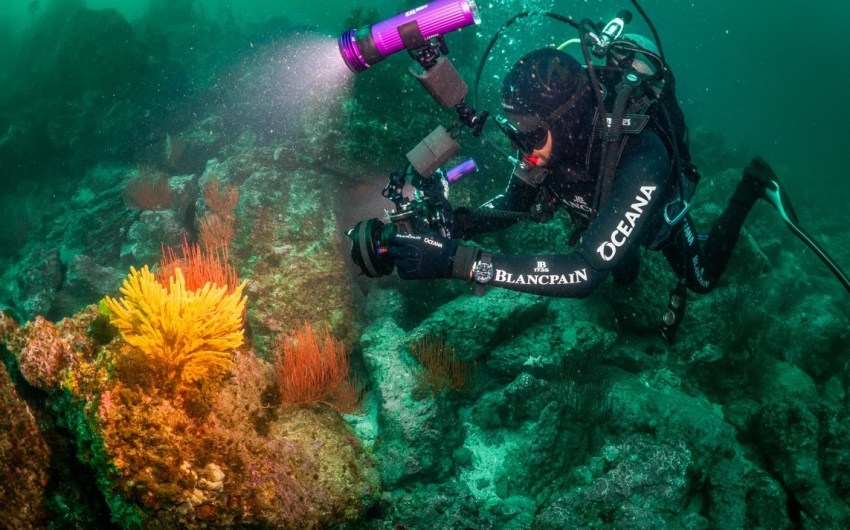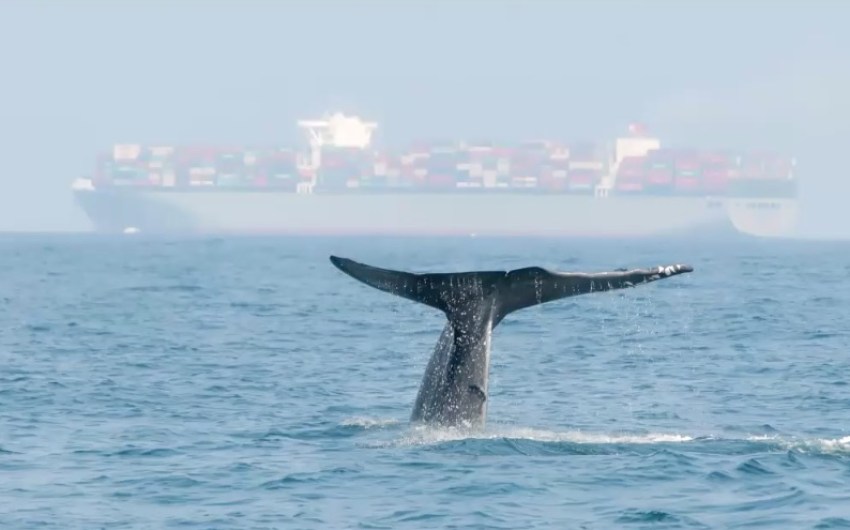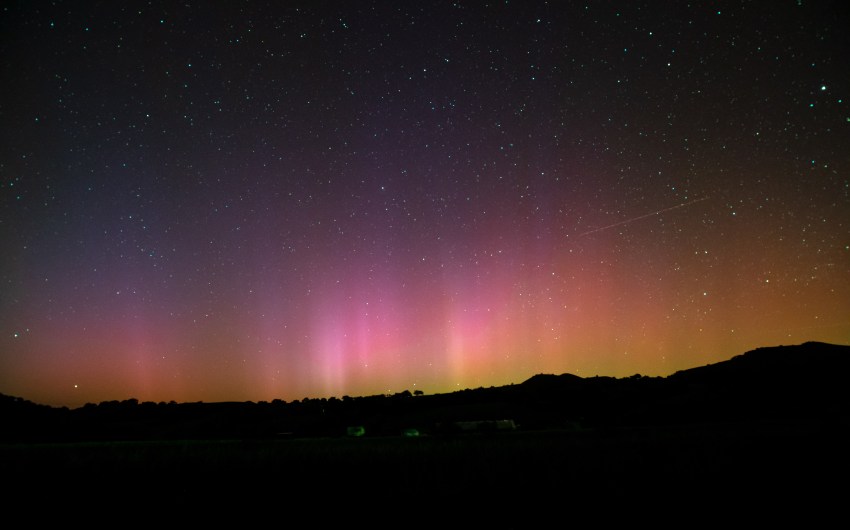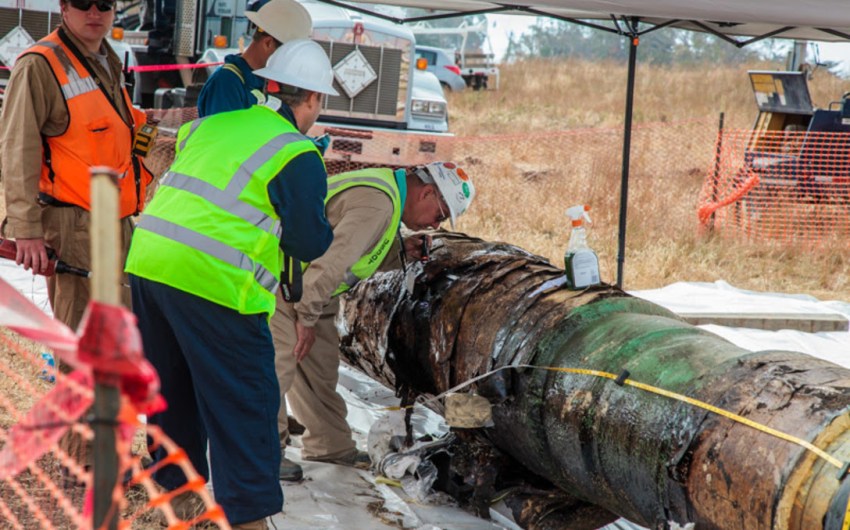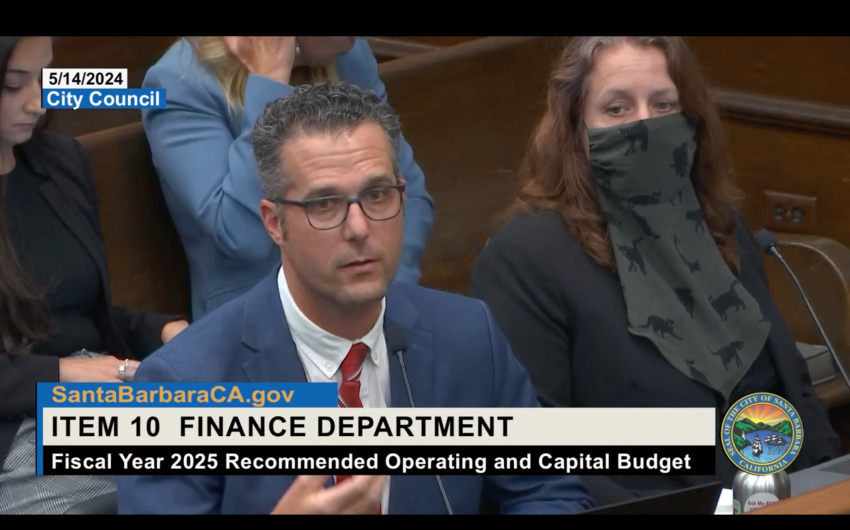State Declares Southern California Steelhead an Endangered Species
Added Layer of Protection Comes Nearly 30 Years After Federal Designation

Nearly 30 years after the federal government declared the Southern California Steelhead trout to be an endangered species, the California Fish and Game Commission jumped in and declared the species to be officially endangered as well.
In so doing, the commission relied on scientific research papers indicating that over the past 25 years — at a time when federal protections were in effect — only 177 adult steelhead trout have been documented in any of the many coastal creeks and streams between Santa Maria and the Mexican border.
To the extent those numbers accurately reflect reality, they are alarmingly low, especially for an iconic fish once so prolifically abundant that the winter fish runs were grounds to skip school and work. During these winter runs, rivers reportedly appeared to flow backward as thousands of adult steelhead fought upstream to return to the same spawning grounds from whence they hatched. The lore among farmers of the Santa Ynez Valley was that steelhead so choked the river that it was possible to walk from one bank to the other on their backs. That was before the construction of large dams like Lake Cachuma blocked the river after World War II.
The decision has been hailed as a victory by organizations advocating on behalf of the steelhead — defined by a still mysterious primordial life cycle in which simple rainbow trout transmogrify into more robust steelhead, with jutting jaws and more muscular physiques, by the act of going out to sea. But what exactly this new layer of bureaucratic under armor will mean exactly has yet to be seen.
Mark Capelli — a steelhead restoration specialist with the National Marine Fisheries Services — suggested the additional listing should better integrate considerations about the fish into the planning and review processes involving the many state agencies with projects that might impinge on fish passage. Caltrans and the State Parks department, he noted, are both very active in areas where stream crossings might make a difference. Same with the state’s regional water boards that regulate the volumes of water that can be taken out of rivers and ensure the quality of the water that stays in.
When such agencies submit public works projects for environmental review, Capelli said, the potential impacts upon steelhead runs will be given greater weight. Under federal protections, Capelli noted, the steelhead were considered protected only to the extent they’d made their maiden voyage from creek to ocean to points still unknown and then back again.
The science on steelhead genetics, he said, has evolved greatly since 1997, when the federal government first listed the fish. Under the state ruling, he said, the landlocked rainbow trout in these Southern California streams — genetically identical to the fish that become steelhead once out in the ocean — will also be protected.
Capelli, who fished the Ventura River as a young boy, has spent the better part of his professional career working to extend the bureaucratic and regulatory safety net protecting this once abundant creature. Capelli cautioned against relying too much on the 177 number — of adult steelhead documented in the past 25 years — when assessing the relative impact of federal protections imposed after the 1997 listing.
“You don’t want to over-rely on that number,” Capelli stated.
Capelli said his own steelhead monitoring reports were cited in the Fish and Game’s listing recommendation. “I can tell you we didn’t have monitors on every stretch of creek between Santa Maria and Mexico for the past 25 years. We didn’t see every adult steelhead there was,” he said. “I can’t be 100 places at once.”

